


The Appeals of Adventure Travel in Shikoku
Adventure Travel (AT) is a new travel style that allows inner self transformation through nature activities and cross-cultural experiences.
Shikoku is sandwiched between the Pacific Ocean below and the Seto Inland Sea above. The highest and second highest peak in Western Japan, Mt. Ishizuchi and Mt. Tsurugi, respectively, rise in the center of the area. Home to mountains, rivers, and oceans, Shikoku is a first class national treasure.
AT, the "new style of travel" brings countless benefits and will leave great impacts on the future. This exhilirating form of travel respects the livelihood of locals while simultaneously not placing a heavy burden on the environment. Although AT is a great way to explore an area for all, those who seek the unusual, want to refresh with nature, appreciate diverse cultures, and take on new challnges will maximize the advantages of AT. The thrilling nature, activities, rich and diverse cultures, and delicious cuisines of Shikoku's various regions surely guarantee a new sense of self.
Here is a list of adventure travel guides available for Shikoku.
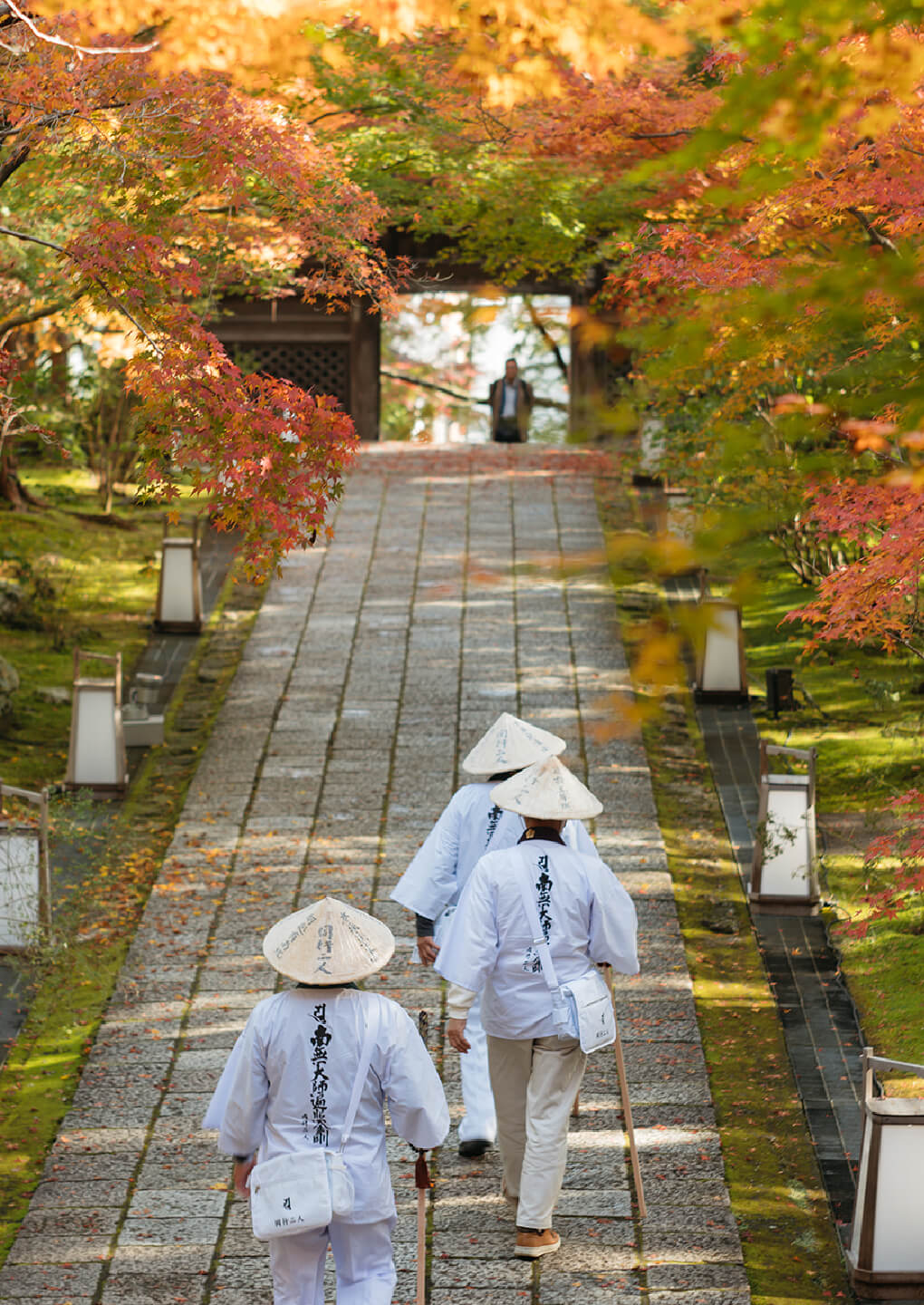

-
01Experienceing Mount Ishizuchi, the Highest Peak in Western Japan (1-night 2-days)
-
02Cycling Towards Awakening 1-night 2-days
-
03The City of "Washi," Traditional Japanese Paper (1-night 2-days)
-
04Exploring the Coasts of Ashizuri National Park 1-night 2-days
-
05Cycling Towards Awakening 1-night 2-days
-
06Shikoku Sea Food Adventure Travel (2 days 1 night)
-
07Marugame Uchiwa Fan Kagawa and Kochi Tour 2-nights 1-day
-
08Niyodo Blue: Exploring the Karsts and Rivers of Shikoku (2-nights, 3-days)
-
09The Story Behind Japan's Best Rice and Sake(2-nights 3-days)
-
10The Holy Peaks of Shikoku (2-nights 3-days)
-
11Citrus on Shikoku (2-nights 3-days)
-
12Traditional and Contemporary Architecture Tour (2-nights 3-days)
-
13The Tea of Shikoku Tour(2-nights 3-days)
-
14Experince the Hisotry of the Yoshinogawa River (2-nighs 3-days)
-
15The Art of the Seto Inland Sea: An Artistic Journey from Traditional to Contemporary (2-nights 3-days)
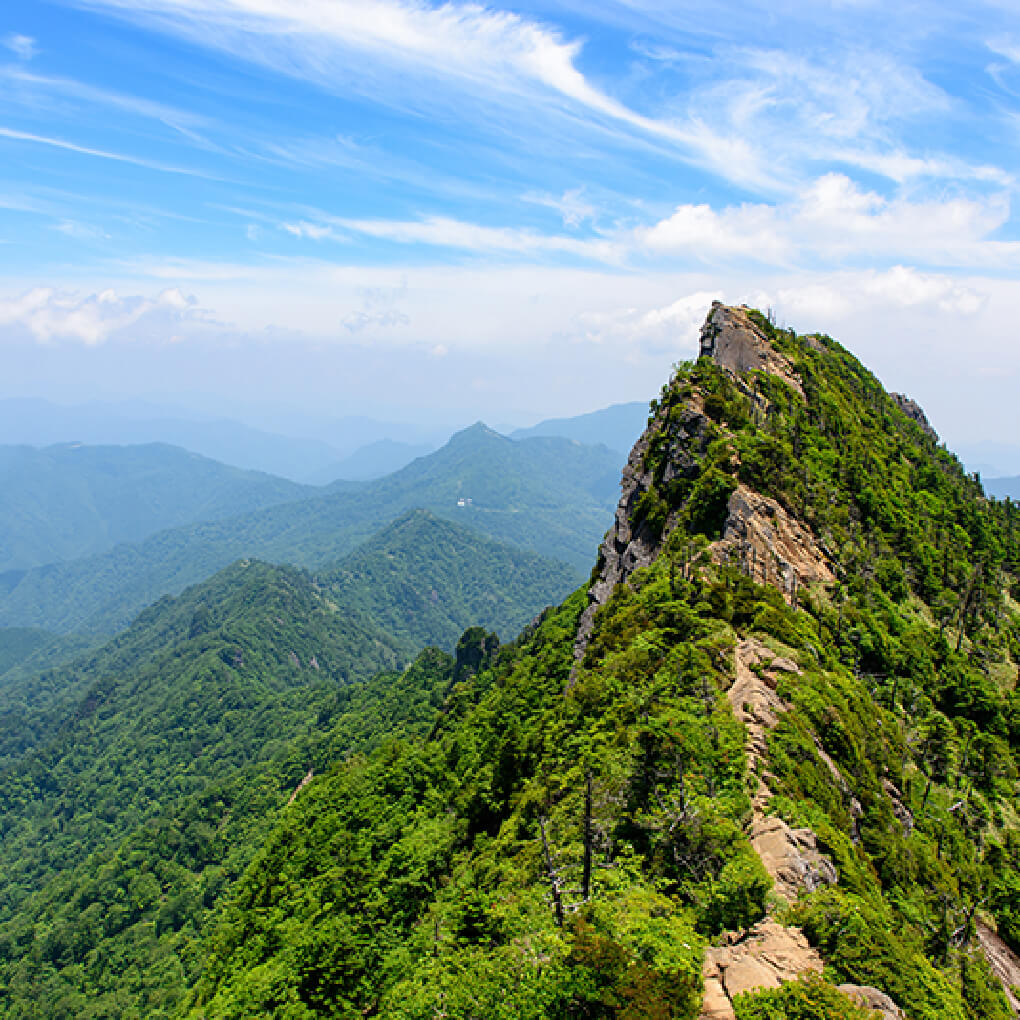
Experienceing Mount Ishizuchi, the Highest Peak in Western Japan (1-night 2-days)
Difficulty:
Ishizuchi, the highest peak in western Japan, has been considered sacred and an object of worship since ancient times. Located almost in the center of Shikoku, the spirit of this mountain is believed to have helped countless pilgrims throughout the ages.
This tour will bring visitors up the slopes of Mount Ishizuchi and along the gently curving “UFO” lines that stretch along the ridges of the mountain. From the top, visitors will be able to enjoy the sweeping landscape surrounding Mount Ishizuchi and on clear days can even catch glimpses of the Pacific Ocean’s far-off blue waters. This unique experience allows visitors to discover the power and charm of the mountain through use of E-bikes as well as one’s own two feet.
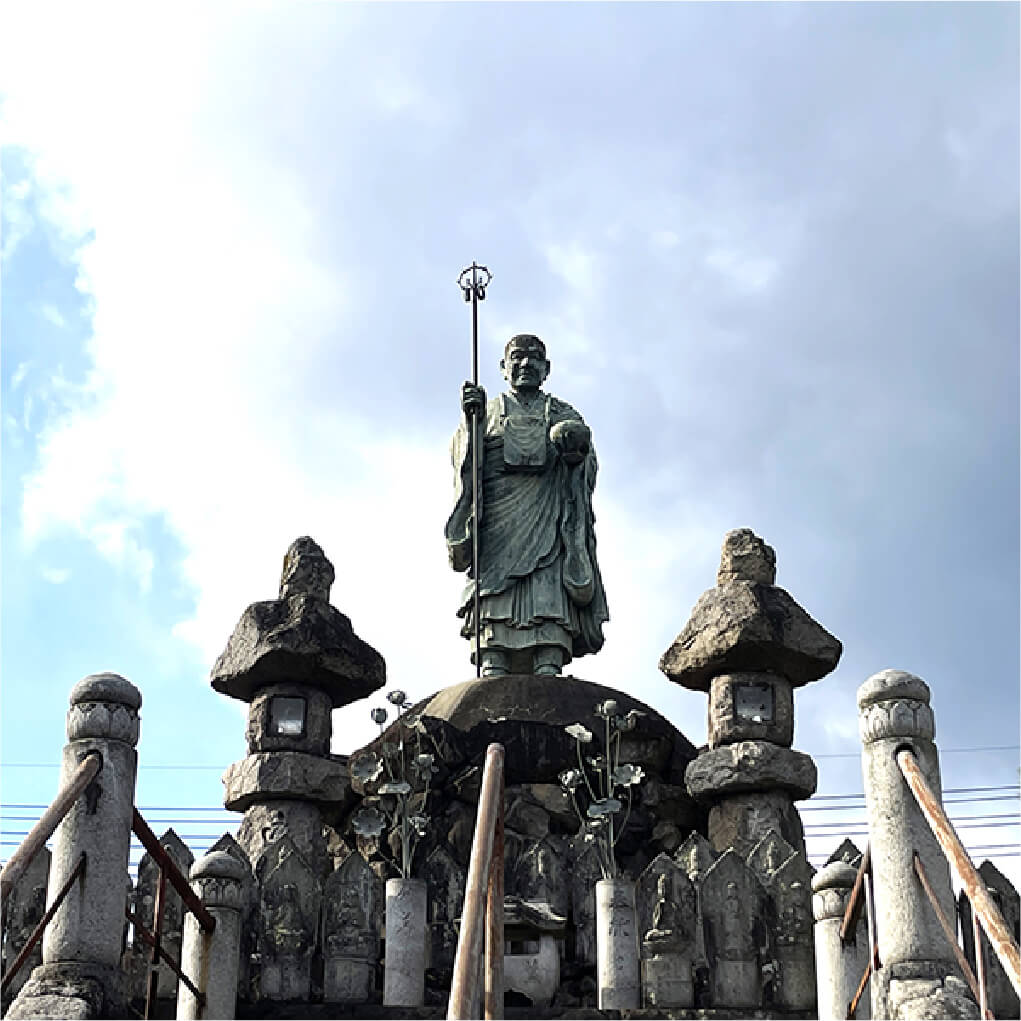
Cycling Towards Awakening 1-night 2-days
Difficulty:
The 88-Temple Shikoku Pilgrimage spans all four prefectures of Shikoku and each are often considered as spiritual “dōjōs.” Two of these are Tokushima, the dōjō of awakening faith, and Kōchi, the dōjō of ascetic training. The distance to the final temple of Tokushima Yakuōji is roughly 80km to the first temple of Kōchi, Hotsumisakiji. On this course pilgrims will experience the transition between the dōjō of awakening faith and the dōjō of ascetic training to get a taste of the pilgrimage experience. Going by E-bike, visitors will experience the rocky expanses of Pacific coastline which link the two dōjōs together.
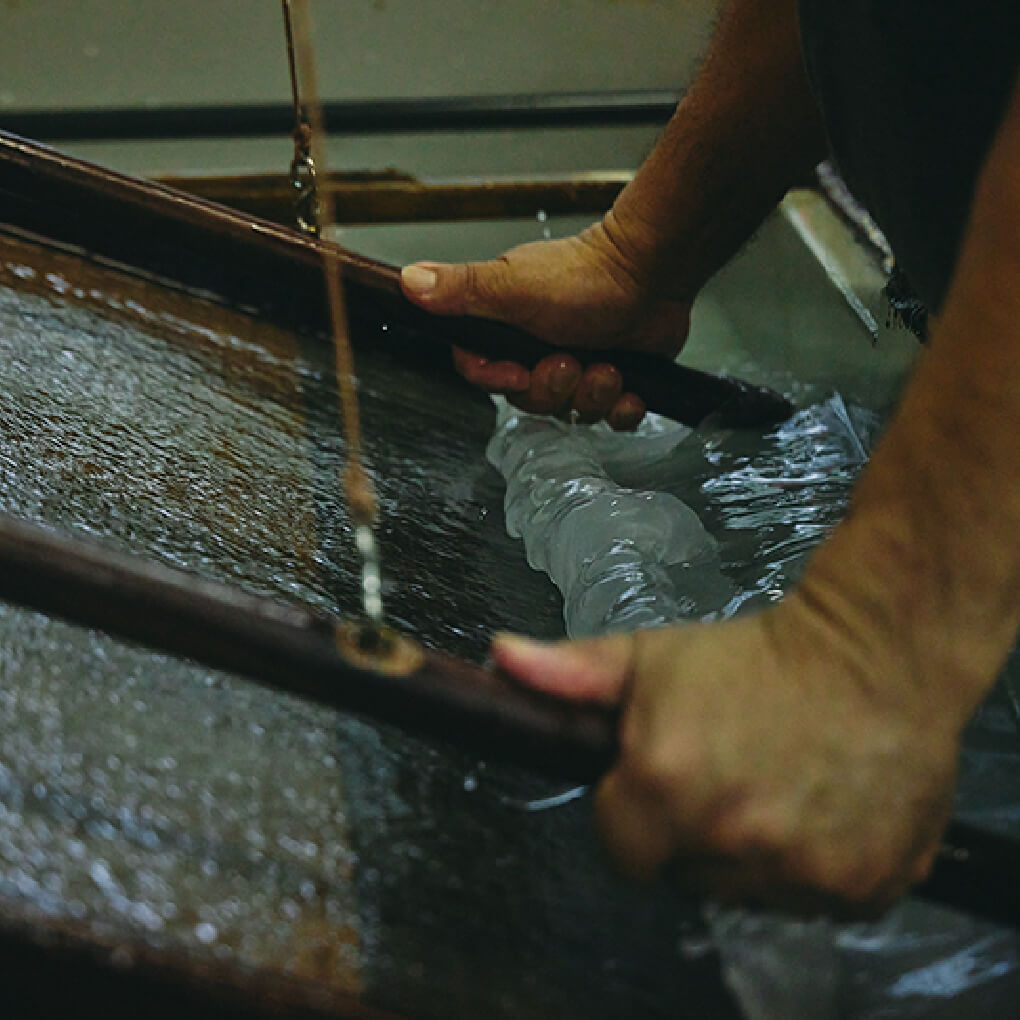
The City of "Washi," Traditional Japanese Paper (1-night 2-days)
Difficulty:
Ehime and Tokushima Prefectures were at one time major hubs for the production of handmdade traditional style Japanese Paper. During this tour visitors will explore this deep seated culture of paper production via E-bike through interaction with local artisans and try their hand at making paper the traditional way.
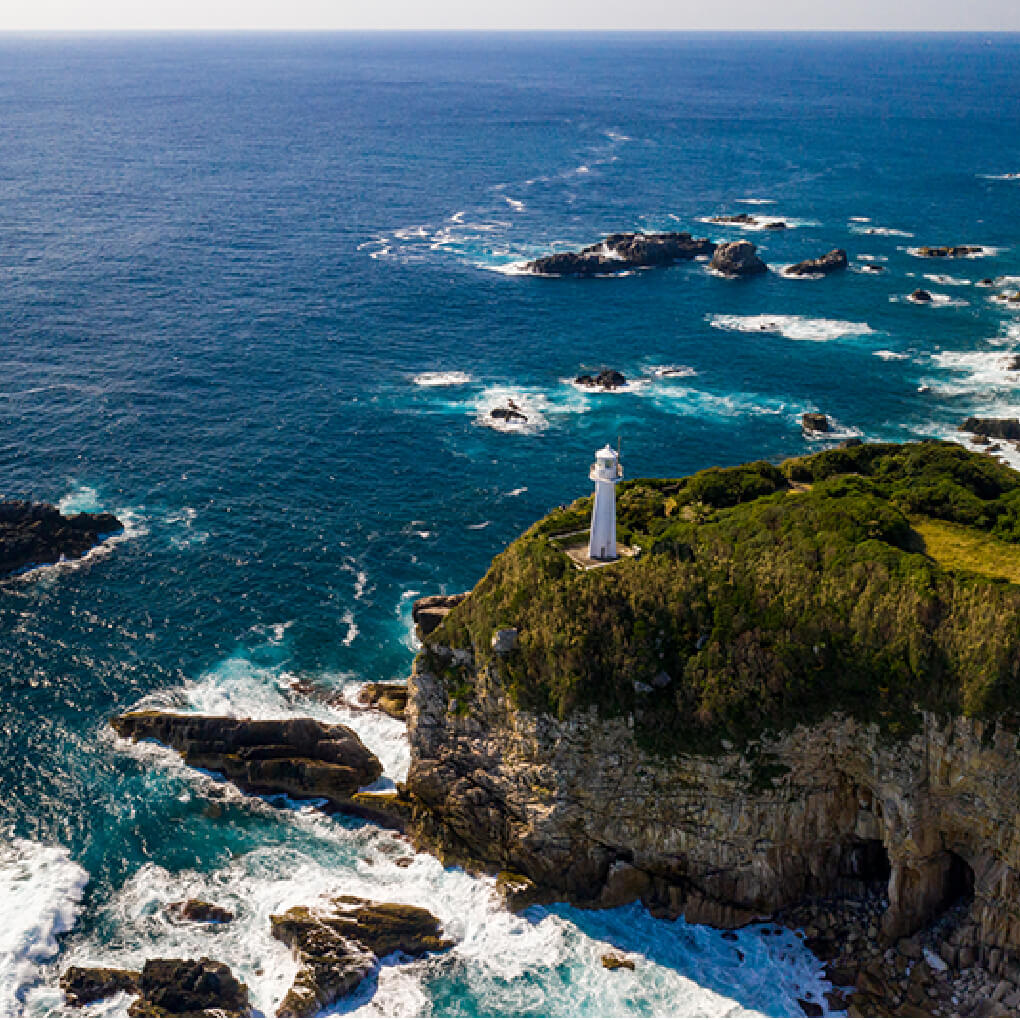
Exploring the Coasts of Ashizuri National Park 1-night 2-days
Difficulty:
Ashizuri National Park is located in the southwestern corner of Shikoku and is situated by the Kuroshio Current, one of the world’s largest warm water currents. This current is responsible for the abundance of nature and life in the region which can be observed while experiencing the coastline or within the mountains of the area with their stunning view of the sprawling Pacific Ocean.
Here, visitors can enjoy the lush scenery that spans coastline and mountains through trekking courses as well as by E-bike or by boat.
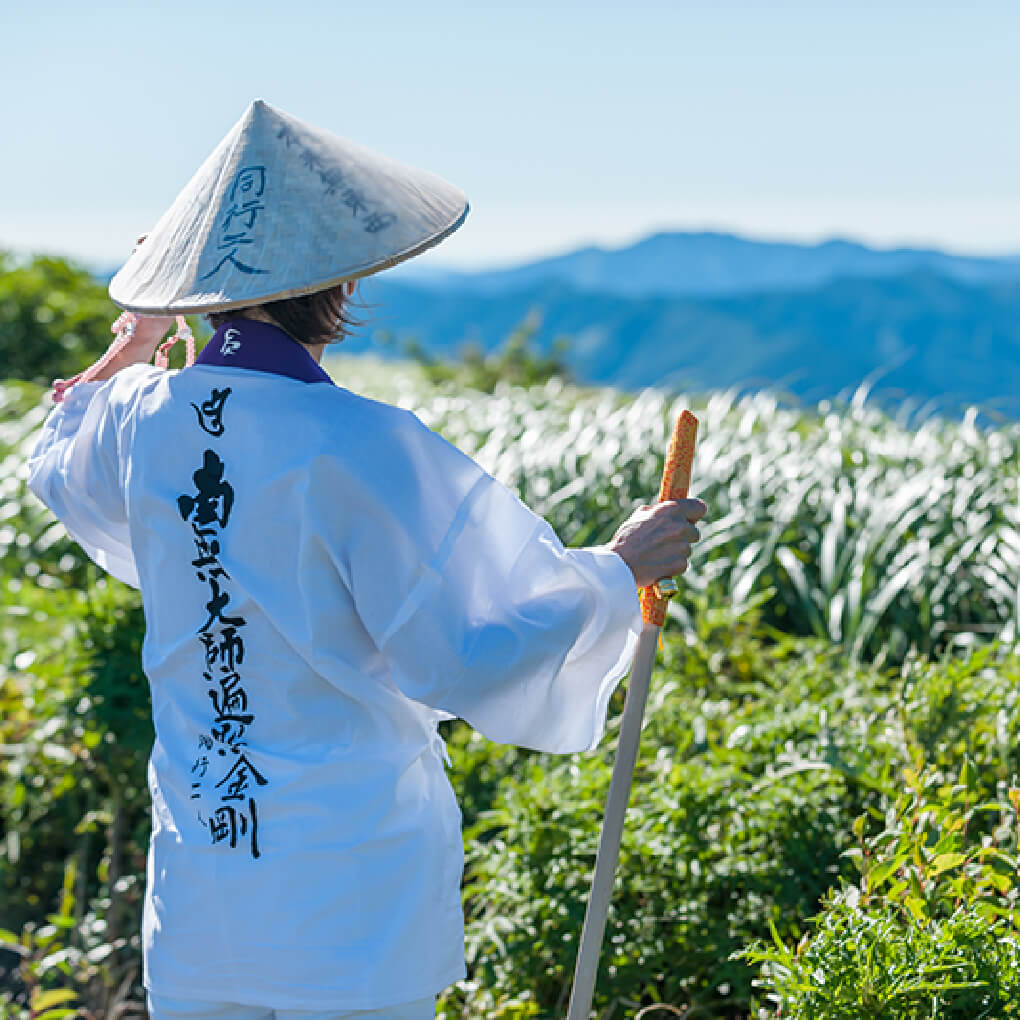
Cycling Towards Awakening 1-night 2-days
Difficulty:
The 88-Temple Shikoku Pilgrimage spans all four prefectures of Shikoku and each are often considered as spiritual “dōjōs.” Two of these are Tokushima, the dōjō of awakening faith, and Kōchi, the dōjō of ascetic training. The distance to the final temple of Tokushima Yakuōji is roughly 80km to the first temple of Kōchi, Hotsumisakiji. On this course pilgrims will experience the transition between the dōjō of awakening faith and the dōjō of ascetic training to get a taste of the pilgrimage experience. Going by E-bike, visitors will experience the rocky expanses of Pacific coastline which link the two dōjōs together.
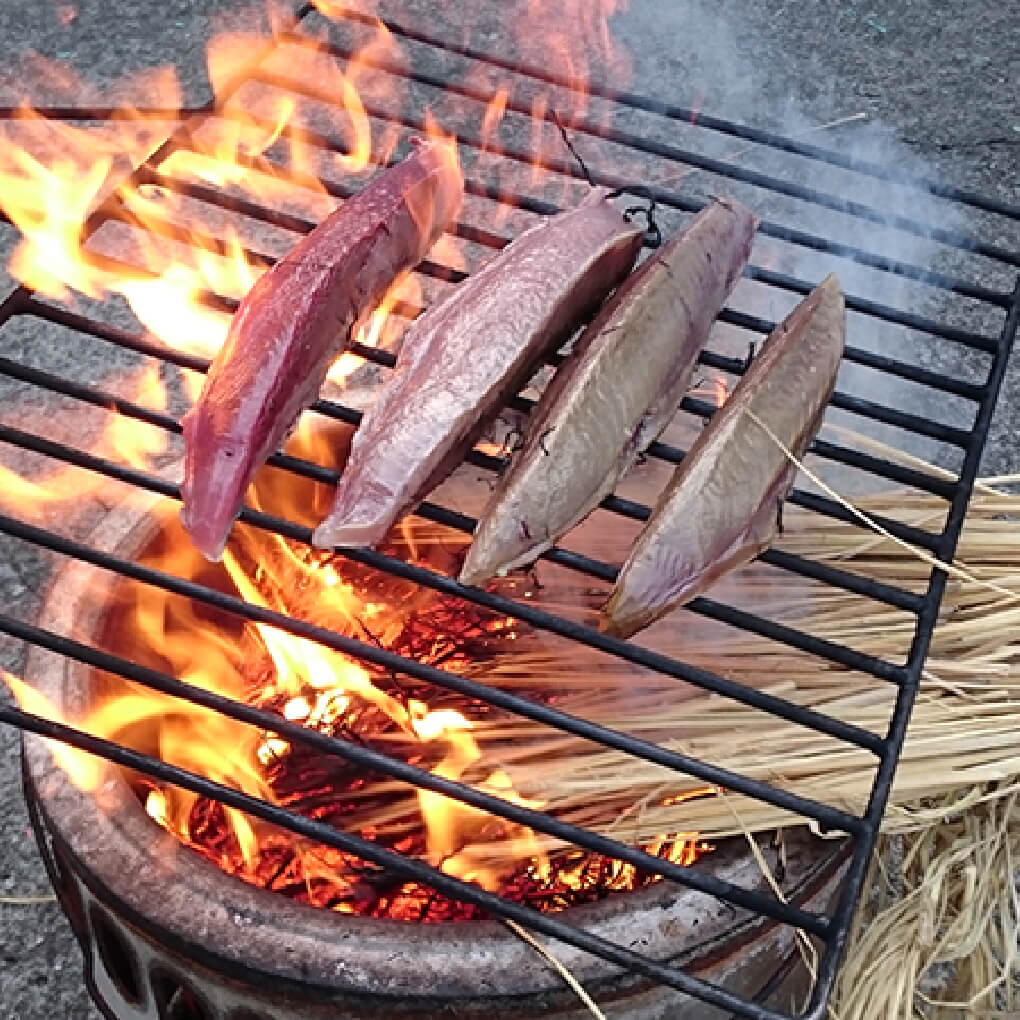
Shikoku Sea Food Adventure Travel (2 days 1 night)
Difficulty:
Surrounded by the sea, Shikoku is a treasure trove of gourmet marine products. The Seto Inland Sea to the north, with its mild climate and average depth of about 38 meters, and the Pacific Ocean to the south, the most magnificent in the world, offer completely different attractions.
The fish of the Seto Inland Sea, called the """"natural fish tank"""" and """"breadbasket of the sea,"""" are firmer because they resist the fast tides, and octopus, sea eel, and shellfish that live in the shallow waters where nutrient-rich plankton accumulate have been actively consumed. On the other hand, on the Pacific Ocean side, where the world's warmest and most nutrient-rich current passes through, bonito fishing and its unique food culture have developed.
In this tour, we will visit representative fishing ports and fishermen of the two oceans to learn the secrets of their delicacies, and enjoy the luxury of seasonal marine products prepared in local ways at the time of the tour.
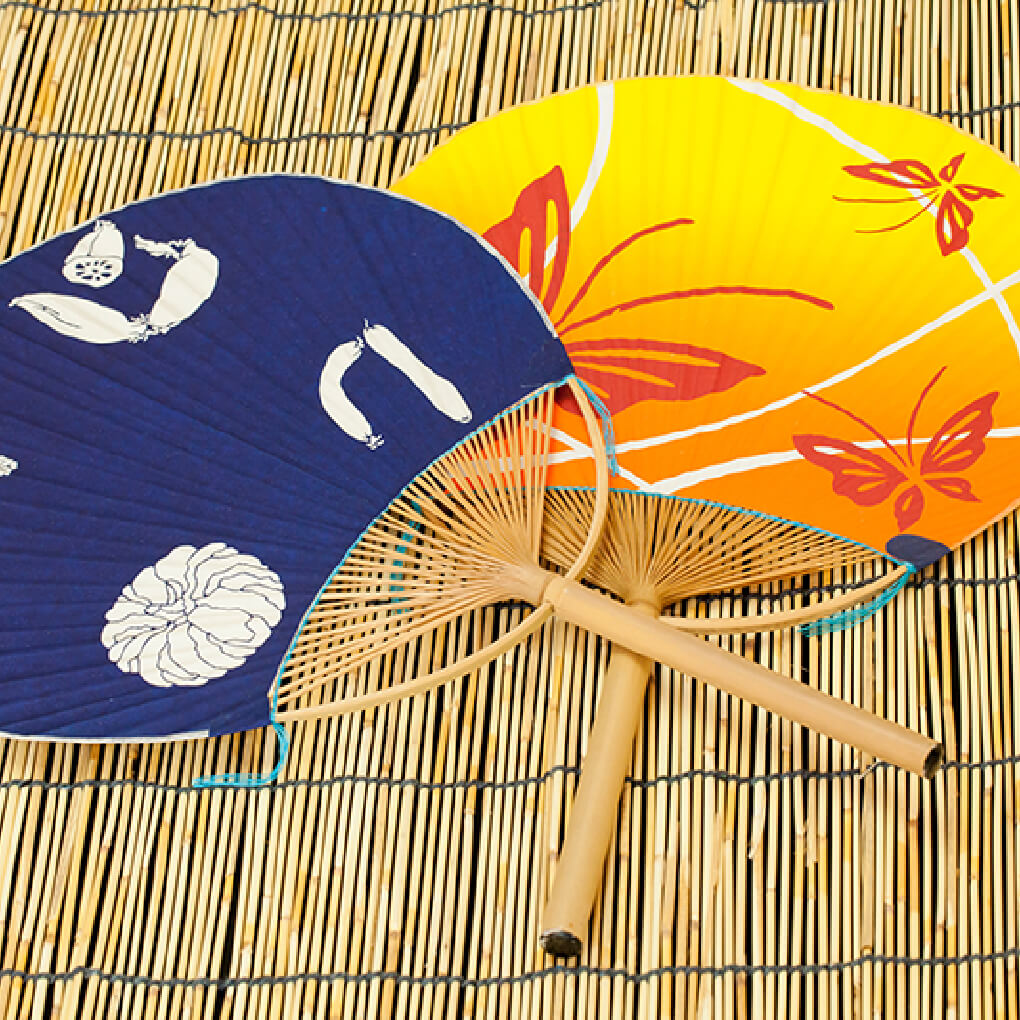
Marugame Uchiwa Fan Kagawa and Kochi Tour 2-nights 1-day
Difficulty:
Marugame City boasts 90% of the nation's Uchiwa production. ~As the song goes, ""If you put Tosa paper on Iyo bamboo and make Awa (Awa), it will be Sanuki Uchiwa and Shikoku (Shikoku) cool.
In this tour, you will visit a workshop of Tosa Washi, which used to be the main production center of Uchiwa, visit Konpira Shrine, which has been closely associated with Marugame Uchiwa since the Edo period, with a guide, and finally, make your own Marugame Uchiwa from the inspiration you gained during this tour to feel the deep culture and history of the region.
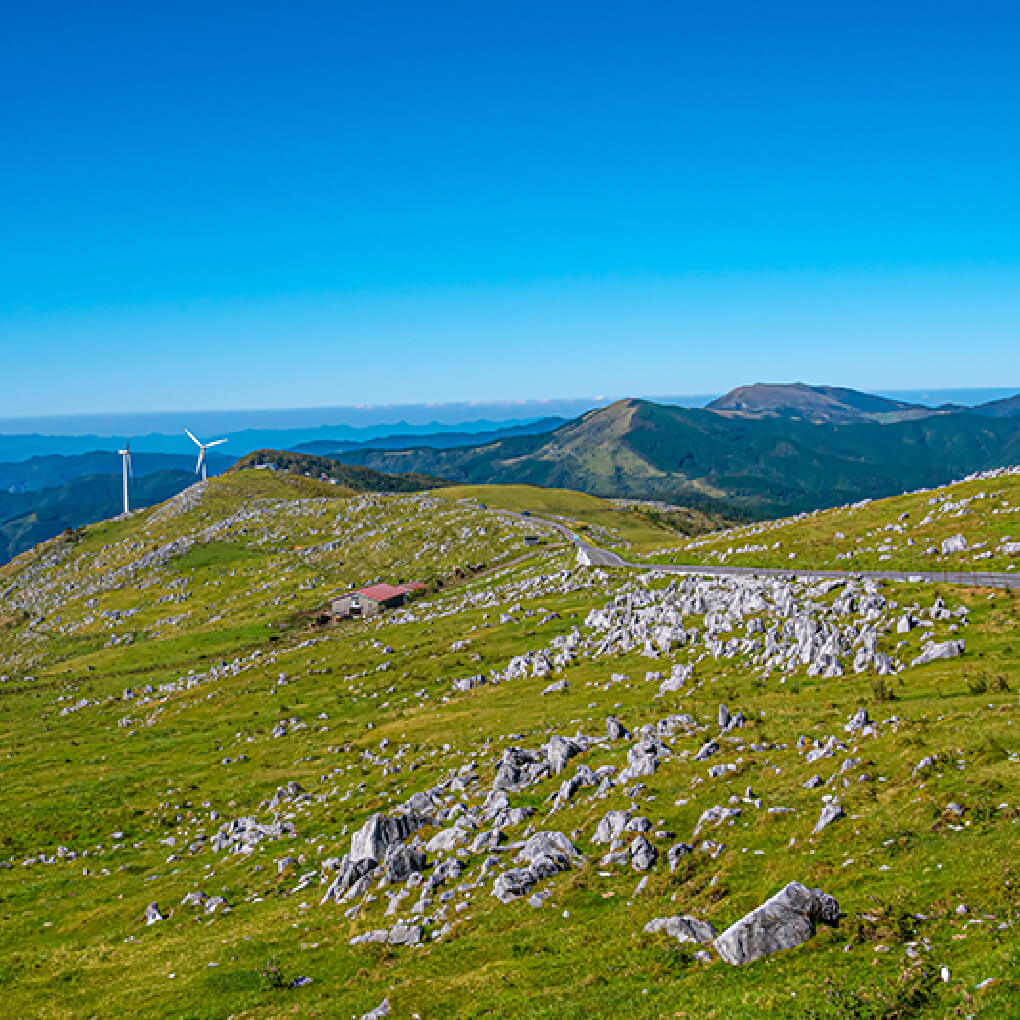
Niyodo Blue: Exploring the Karsts and Rivers of Shikoku (2-nights, 3-days)
Difficulty:
This tour allows visitors to enjoy the mountains and clear rivers of Shikoku. A karst refers to a terrain of exposed limestone rock that are the remnants of what was at one time covered by great oceans eons ago and is a geological feature uncommon across Japan. During this tour, visitors will visit Iwayaji Temple, the 45th temple along the 88-Shikoku Pilgrimage, which is a temple seemingly carved from the side of a mountain. While cycling across mountainous prefectural borders, visitors will also be able to view unique landmarks such as the towering Mimidodake Rock as well as stretches of white limestone karst. The night will be spent in a lodge style accommodation within the wilds of the Shikoku Mountains.
The following day, guests will descent the karst to the clear waters that flow south towards the Pacific Ocean and serve as the source of the “Niyodo Blue,” the clearest water in Japan. Visitors will also experience traditional style paper making in Kōchi Prefecture which at one time produced some of the highest quality paper in Japan.
On the final day of the tour, visitors will experience a leisurely SUP journey down the Niyodogawa River on top of waters reflecting the iconic “Niyodo Blue” color.
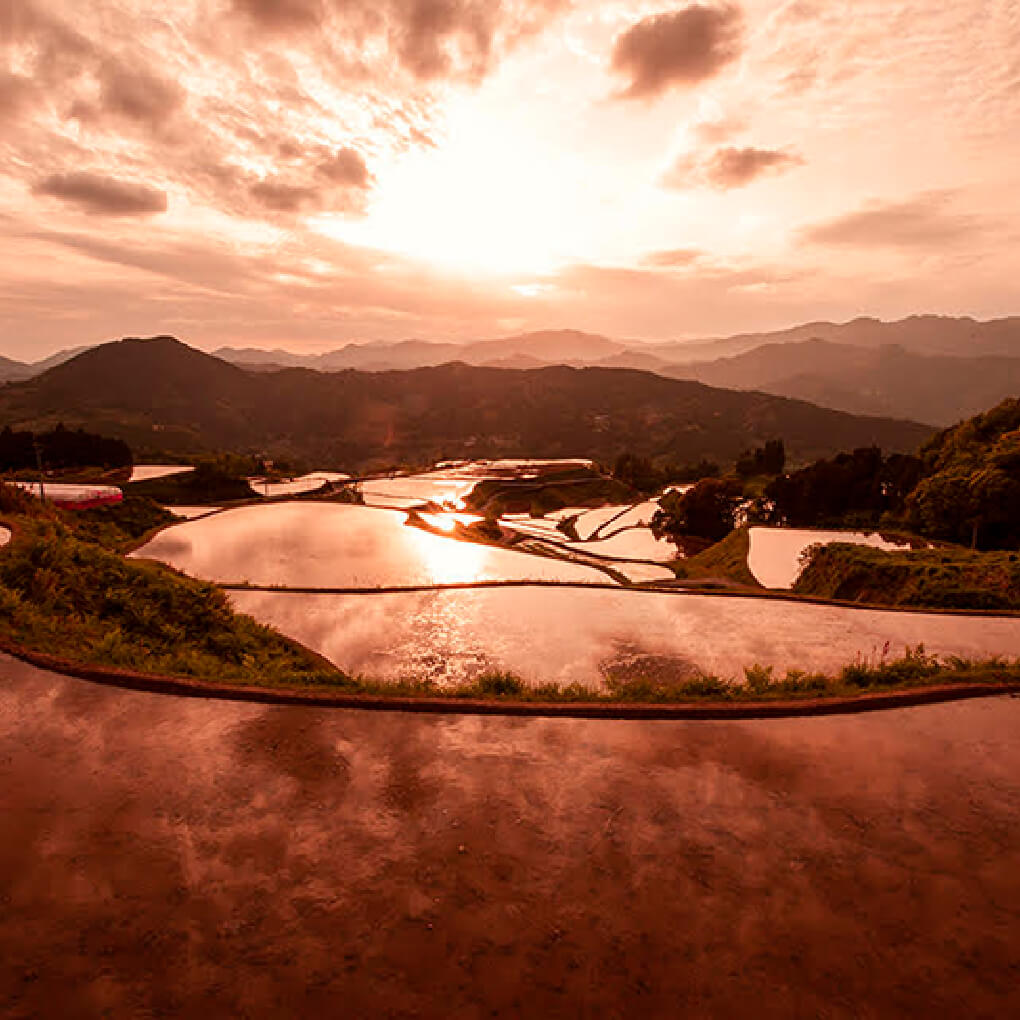
The Story Behind Japan's Best Rice and Sake(2-nights 3-days)
Difficulty:
All throughout Shikoku, one an find “Tenku-no-Sato,” a brand of rice that has won top prizes across Japan and is also used in the production of sake and shochu that is highly regarded by locals. On this tour, visitors will explore local regions by E-bike visiting local rice farmers to learn the secrets of just how they are able to cultivate such high-quality rice. During this trip, visitors will also canoe along the waters of Lake Sameura the “water reservoir of Shikoku,” a valuable natural resource that is precious to every prefecture of the island, as well experience rafting along another one of Shikoku’s most important waterways, the Yoshinogawa River as it flows through the stunning natural beauty of the Iya Valley.
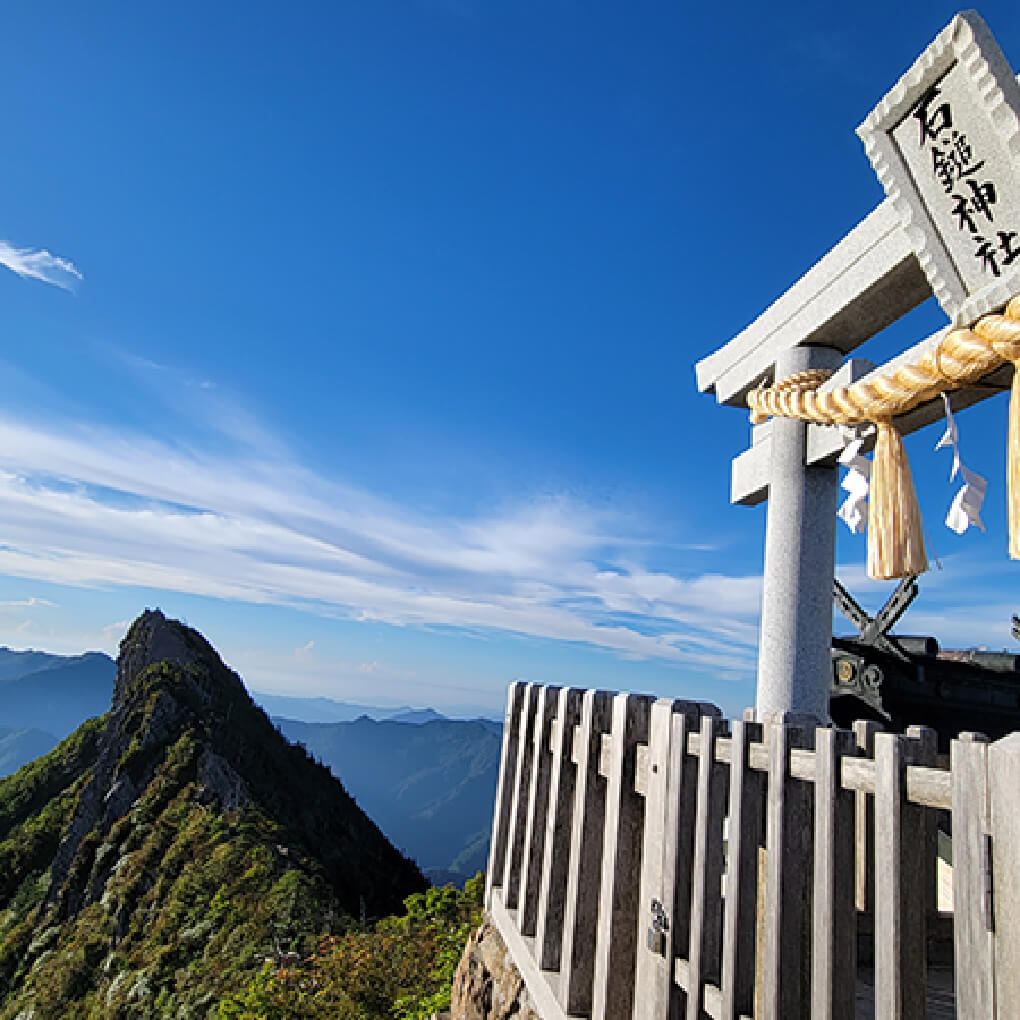
The Holy Peaks of Shikoku (2-nights 3-days)
Difficulty:
The Shikoku Mountain Range runs east and west through the center of the island and is home to two of Japan’s most famous mountains; Mount Kenzan and Mount Ichizuchisan. Both of these mountain peaks are considered as holy grounds for practitioners of Shugendō, an indigenous form of mountain worship and asceticism.
In this tour, visitors will be able to experience a taste of this tradition as they visit these peaks by ropeway and take in the rich culture of mountain asceticism in Japan amid the rugged peaks and slopes of the Shikoku Mountain Range.
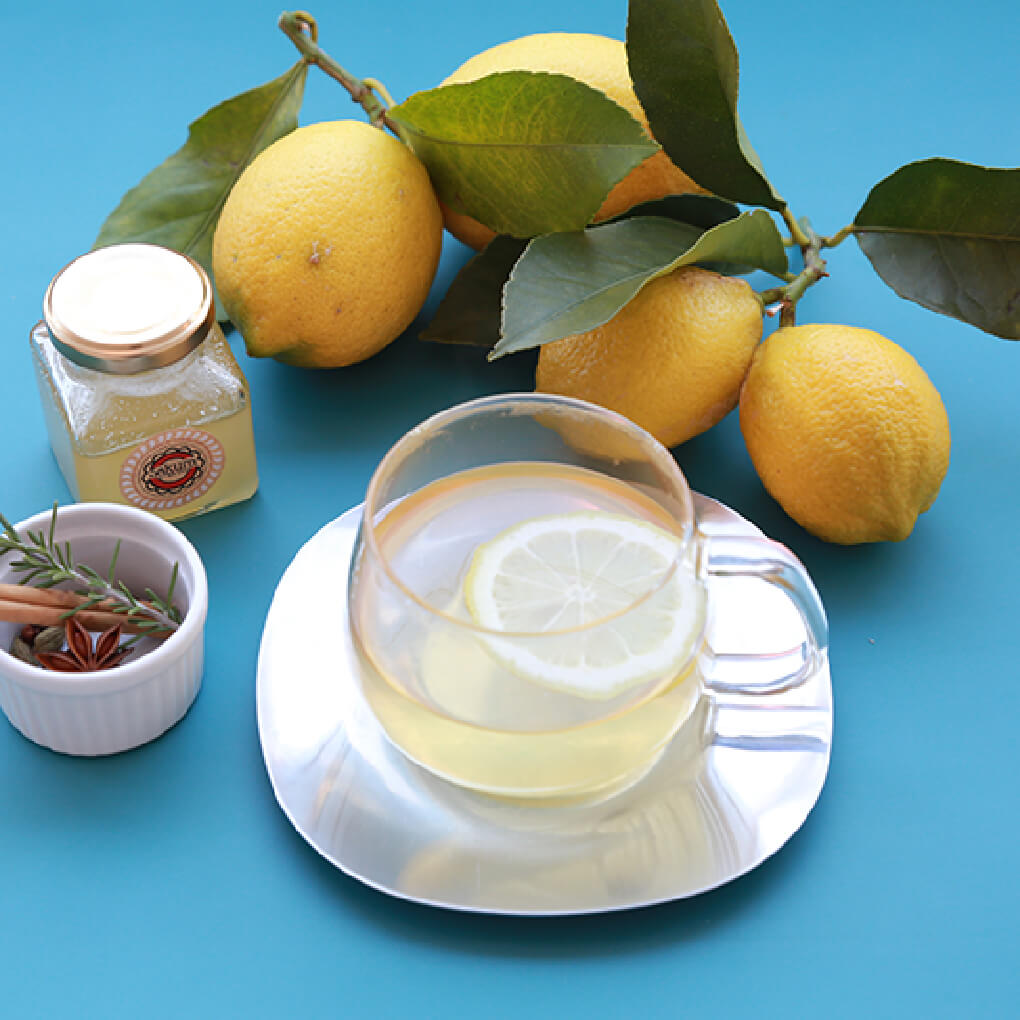
Citrus on Shikoku (2-nights 3-days)
Difficulty:
From sweet-sour to bitter spice and with a range textures the freshness of the citrus fruits found on Shikoku are a source of great pride and can even be considered as a source of entertainment. In addition to the taste, the form, shape, weight, and leaves of these fruits all tell a tale of cultivation that emerged from a process of trial and error and this history is fascinating to uncover.
In particular, Ehime and Kōchi are considered to be the powerhouses of citrus production on the island and due to the ideal terrain, mild almost Mediterranean climate, as well as the innovation of farmers, citrus fruits are harvested practically year-round. In this tour visitors will sample the flavors and aromas of the harvest season by experiencing a journey across the farms that make it all possible.
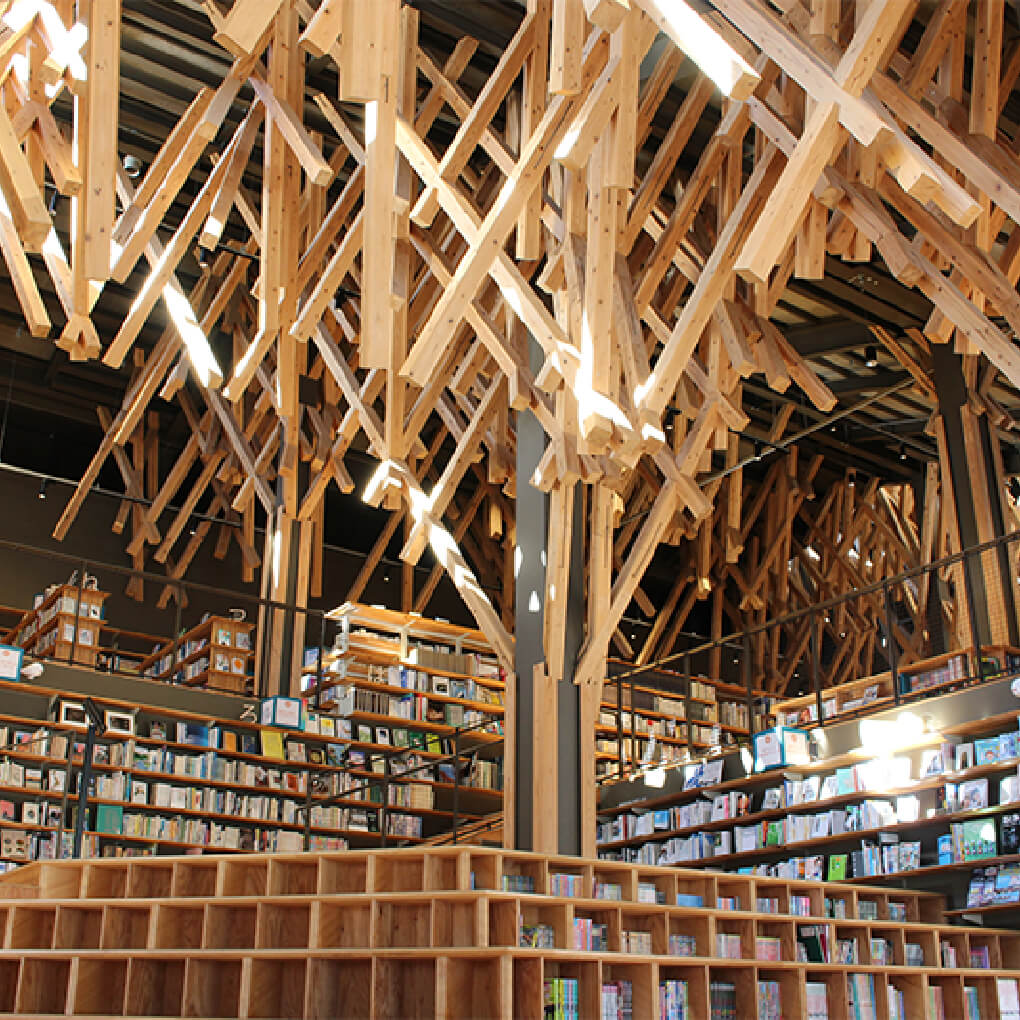
Traditional and Contemporary Architecture Tour (2-nights 3-days)
Difficulty:
Kengo Kuma, the Japanese Gaudi. Just as in Barcelona, the presence of architecture colors the landscape of a town and enriches the lives of its inhabitants. While touring Ehime Prefecture, Shikoku's pride in contemporary architecture, this tour will highlight the quality and potential of Tosa lumber and traditional construction methods, and together with a guide, will take you to towns decorated with buildings designed by Kengo Kuma, one of Japan's most prominent contemporary architects.
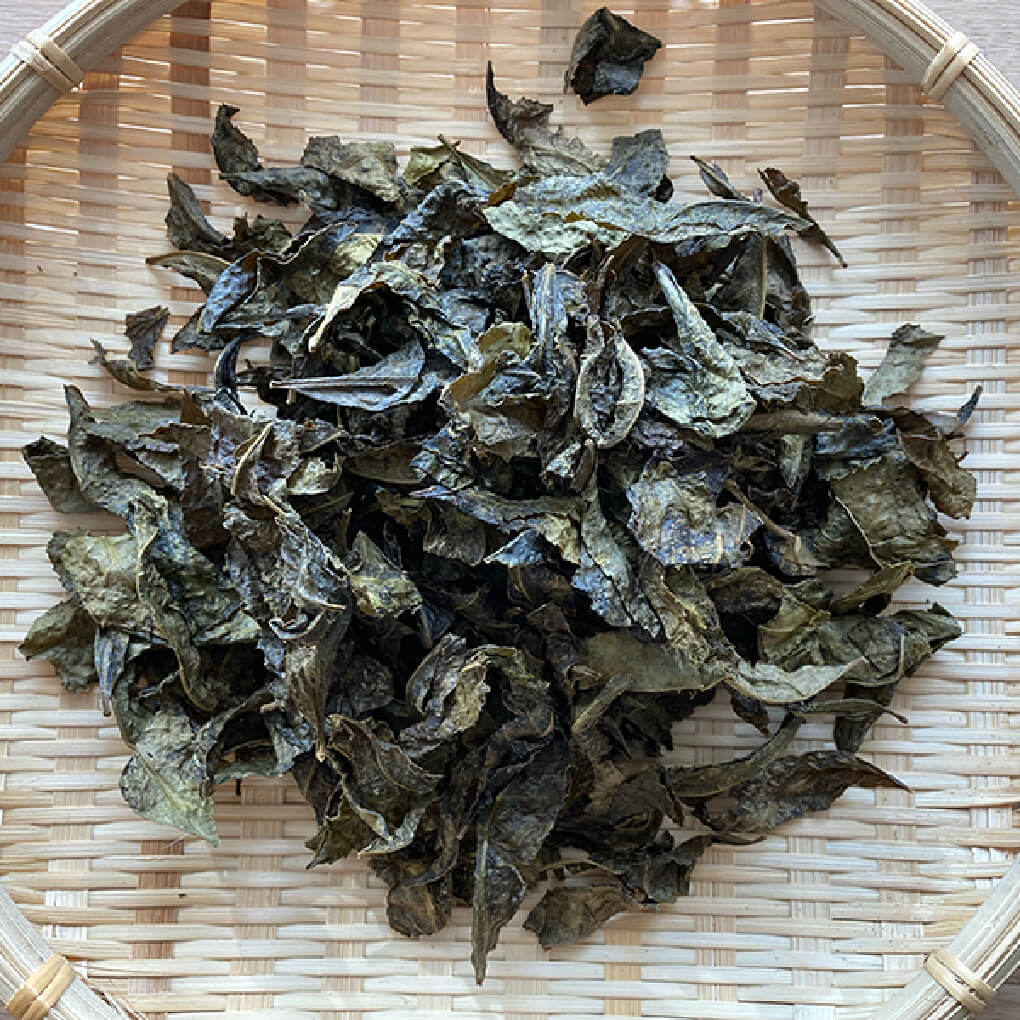
The Tea of Shikoku Tour(2-nights 3-days)
Difficulty:
A tour of three teas unique to the Shikoku Region: Awa-Bancha, Goishi Cha, and Ishizuchi Kurocha--all of which are prepared using fermentation methods. During this tour, visitors will encounter the fields and methods used in the production of each of these unique blends of tea. Visitors will also have the opportunity to create their own unique blend of tea using local ingredients.
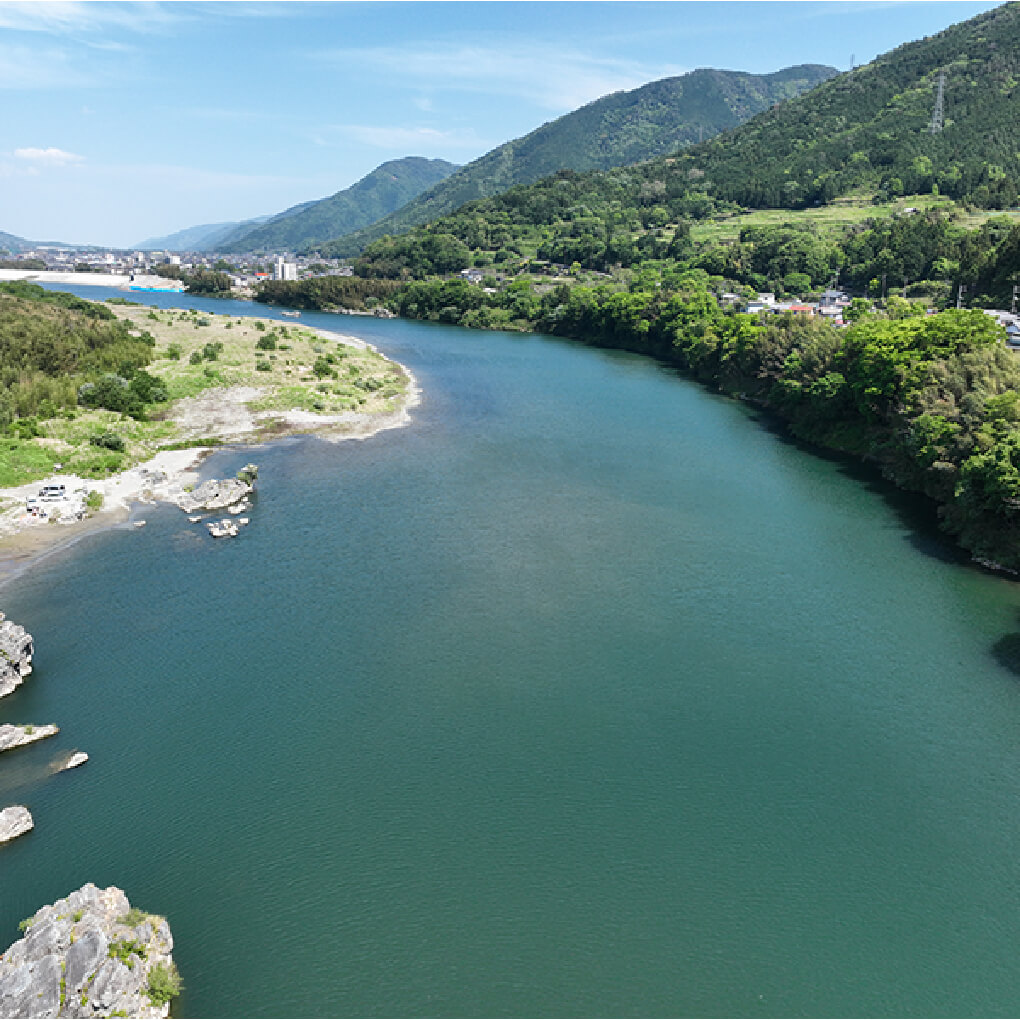
Experince the Hisotry of the Yoshinogawa River (2-nighs 3-days)
Difficulty:
More than 3 million years ago, the Sanuki Mountain Range did not existence and the Yoshinogawa River flowed to the Sanuki Plain. However, at some point the Philippine Sea Plate collided with the Pacific Ocean Plat which shifted its position by 45°. From this collision, the Sanuki Mountain Range was created and the flow of the Yoshinogawa River changed direction to what we know today.
This change in geography would mean that it was difficult to produce rice due to the steep mountain so for some time people in Tokushima would raise cattle and lend them to farmers in Kagawa, transporting them over the new mountain range. These rented cattle would return at the end of the farming year laden with rice as payment.
The creation of these mountains would also affect Kagawa and would cause a decrease in rainfall. This would eventually lead to the widespread cultivation of wheat in the area as a substitute for rice cultivation due to the lack of water. Today, water is actually transported to Kagawa from Tokushima using tunnels and channels which run through the mountains.
Despite the widespread lack of rice cultivation along the Yoshinogawa River indigo cultivation flourished during the Edo Era (1603-1867) since indigo plants are far more resistant to the regular flooding of the river and thrive on the nutrient-rich soil left by river flooding. Indigo production and trade would be largely responsible for Tokushima’s wealth throughout the Edo Era.
The first dozen or so temples of the Shikoku 88-Temple Pilgrimage are located in the towns along the Yoshinogawa River. During the Heian Era (794-1185), visitors to Shikoku from the Ōsaka region would come to Naruto in northern Tokushima by boat and then proceed to the first temple by foot, following along the river and its tributaries for stretches of the way.
The Yoshinogawa River has influenced many aspects of life in both Tokushima as well as Kagawa and has remained an important natural feature since ancient times. This course is designed to allow visitors to experience just some of this long history.
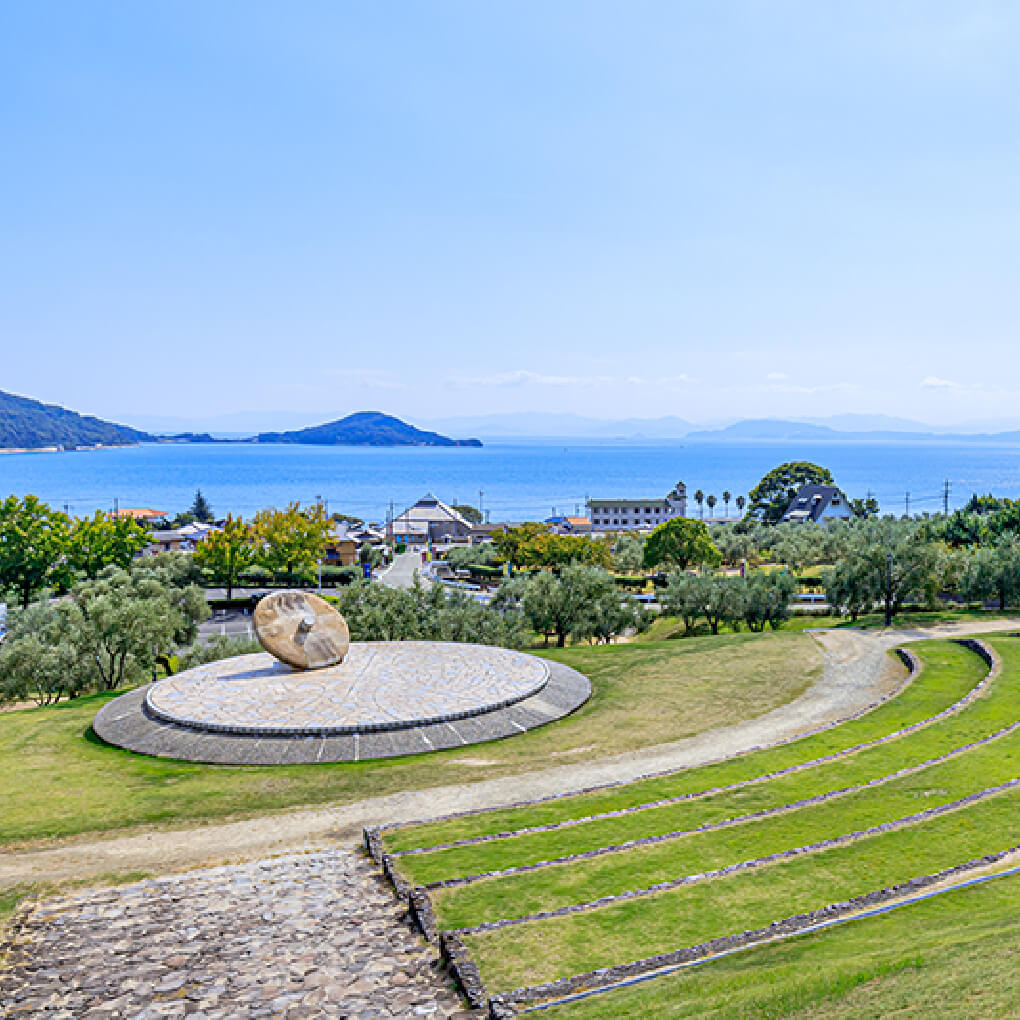
The Art of the Seto Inland Sea: An Artistic Journey from Traditional to Contemporary (2-nights 3-days)
Difficulty:
Since the year 2000, the Seto Inland Sea has become a haven for artistic expression and many contemporary artists have made visits to the islands of the Seto Inland Region, including Shōdoshima, Naoshima, Teshima, and more. The art exhibits spread across the region incorporate the very sea itself through numerous exhibits which seamlessly blend into the ever-present island scenery.
During the Edo Era (1603-1868) Shōdoshima enjoyed a privileged position along maritime trade routes and produced soy beans, wheat, and salt all of which are needed in for the production of soy-sauce. And by the late Edo Era (1603-1868) the volume of production actually exceeded the available firewood needed to produce the required salt. However, the culture of soy-sauce brewing remains strong on Shōdoshima were the traditional methods of soy-sauce production using wooden vats still survives.
Shōdoshima is actually one of the few places across Japan that has preserved these traditional brewing methods by passing down the culture through the generations. These breweries are known across Japan as well as the world for the quality of their work and the breweries and methods themselves are widely considered to be a form of art in their own right.
“Ōtani-yaki” style pottery ware is said to have originated from the late Edo Era (1780) when the craftsman Bun’emon came to Shikoku to from Bungo Province (current day Ōita Prefecture) to do the 88-Temple Pilgrimage. While here he visited Ōtani Village and created “rokuro” style pottery fired in red clay, a first for the island. The technique used for Ōtani-yaki pottery is known as “neirokuro.” Literally meaning something like “sleeping pottery wheel,” this technique requires and assistant to lie under the workbench and spin the pottery wheel with his feet. This technique is fairly rare in a world where machinery is widely used in the production of pottery and the “neirokuro” technique is considered to be part of the region’s traditional art culture.
The regular flooding of the Yoshinogawa River resulted in highly fertile soil which led to the flourishing of indigo cultivation during the Edo Era (1603-1867). Indigo dye was exported from Tokushima to the rest of Japan which greatly enriched the lives of local merchants as well as indigo farmers operating along the banks of the Yoshinogawa River. This tradition of indigo dye continues to this day as visitors to the region can experience indigo dyeing firsthand to create their own uniquely dyed souvenirs.
This course combines aspects of traditional culture and art to take visitors on a tour that explores the transformation of traditional art into contemporary artistic expression to show visitors from across the globe the Japan of the past as well as the Japan of today. In addition, this tour uses bicycles for parts of the itinerary to allow visitors to experience Japan in an eco-conscious way.
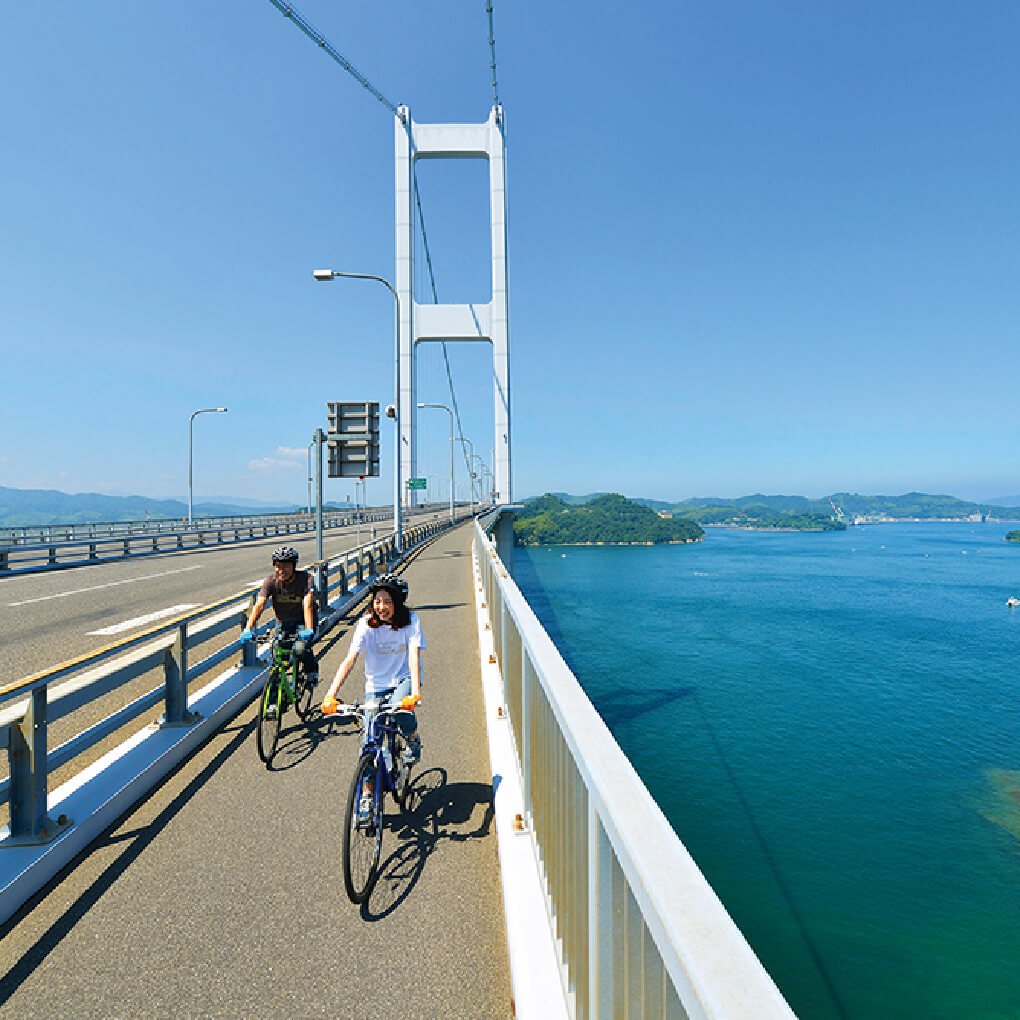
An E-bike trip to the sea, mountains, and rivers that represent Shikoku that should be visited (5-nights, 6-days)
Difficulty:
An e-bike tour visiting various sea, mountain, and river attractions representing Shikoku and its rich culture. With the newly built bridge, visitors can now take a boat ride and look back to the old days of the Seto Inland Sea, absorb the spirituality of the Japanese at Mt. Ishizuchi, and interact with locals at the Niyodo River. The three stops are filled with rich Shikoku culture. Seto Inland Sea used to be a home to pirates, the highest mountain in Western, Japan, Mt. Ishizuchi is revered as a sacred mountain, and the Niyodo River is a miraculously clear stream that flows with the blessings of water.

